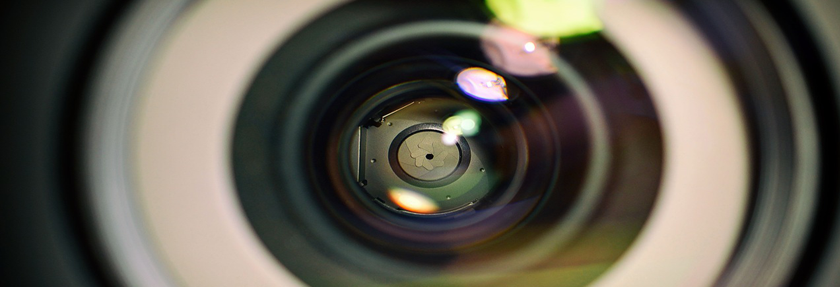Gender- and Diversity-Conscious Use of Images in Teaching
Brochures, websites, and university lessons often use images depicting people or situations. The same principles that apply to language apply here too: pictorial representations influence our perceptions of reality. They can reproduce stereotypes and be insensitive, but they can also open up new perspectives and question normative preconceptions. For that reason, treating imagery with sensitivity is an important aspect of paying attention to gender and diversity in your teaching.
A little test: in an image search engine, run a search for the gender-neutral word “professor” and compare what you find with your experiences at German and international institutions of higher learning.In gender- and diversity-conscious teaching, it is crucial to know your goal for using these images:
- Are they there to “mix things up” or as illustration? If so, we recommend that you think about the questions below as you select these images.
- Will the images be specifically commented on or analyzed? Then you can use these questions to help you select, but also discuss the images.
Questions for Reflecting on the Use of Images
How do the values represented by the images compare to the ones the university stands for?
In its Equality Concept and its Diversity Mission Statement, Freie Universität Berlin declares its values to be the establishment of a teaching, learning, and working environment free of barriers and discrimination and an environment of valued collaboration with all status groups with the aim of self-critically identifying and eliminating mechanisms of exclusion and creating opportunities for integration.
The objective therefore includes equal participation of university members regardless of age, disability or health impairment, gender and sexual orientation, social background and social/family status, nationality, ethnicity, religion, and worldview.
- Who is portrayed? Who is not? Do the images show the people and situations in context? Do they contribute to understanding the realities portrayed?
- Are the images realistic, for example in terms of the body norms of the people portrayed? Alternatively, are they normative, expressing a specific, desirable norm?
- Is the presentation sensationalistic? Are the images provocative in a certain way? Whom do they challenge more, the majority society or members of marginalized groups?
- Do the images gloss over or sugarcoat something? How is human diversity represented? Is diversity in the images shown to be in line with institutional goals and measures? Do the people portrayed have a say, or are they only illustrative?
- Who is portrayed positively? Who is portrayed negatively?
- What interpersonal hierarchies are depicted or reproduced through low or high camera angles? In the situations shown, do the people communicate on an even level or demonstrate their skills?
- Are stereotypes portrayed (e.g. traditions of sexist, colonial, racist, ableist imagery)? Are situations shown that break down common clichés, for instance a variety of people lecturing or teaching rather than images showing only men or white people talking and women or people of color listening?
- In the situations shown, do different groups of society get to show their skills?
Checklists for images:
Berliner Entwicklungspolitischer Ratschlag. 2010. Von Trommlern und Helfern (mit Checklisten Wort und Bild).
Dochas. The Irish Association of Non-Governmental Development Organisation. 2007. The Dóchas Code of Conduct on Images and Messages.
Version April 2017. Unless otherwise stated, this content is licensed under a Creative Commons Attribution-Share Alike 4.0 International licence.

